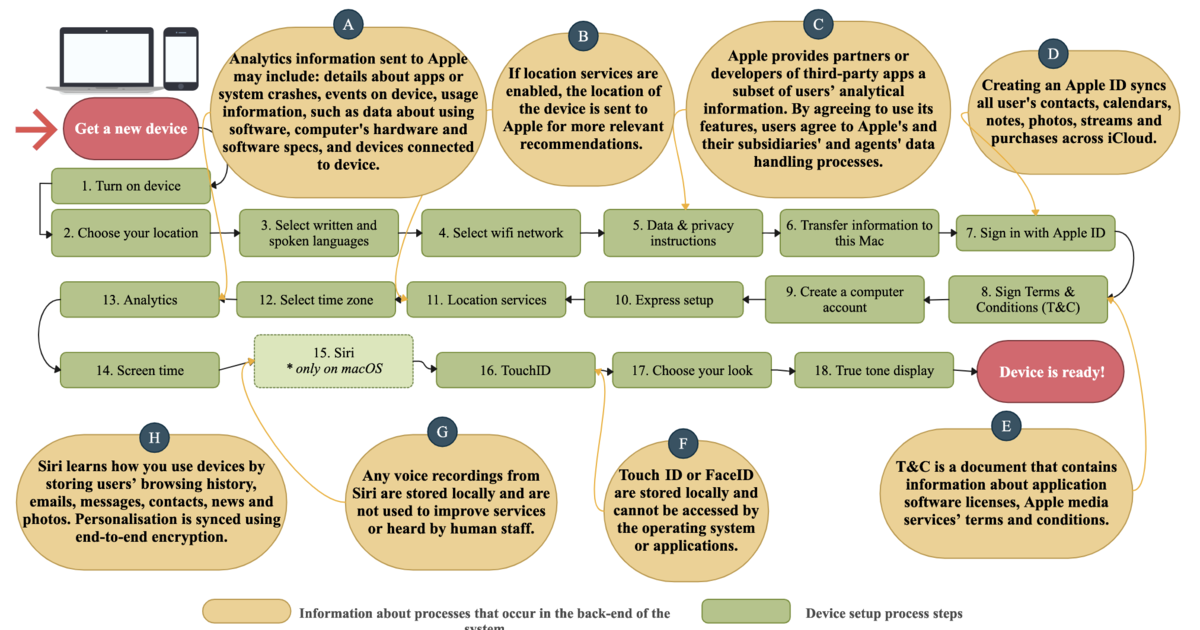

My mom has quite severe hearing loss but is not totally deaf. She uses TV captioning and generally can’t tell whether the TV sound is on or off. I generally want it to be off because it is annoying, so when she leaves it on by accident, I just shut it off and she doesn’t notice or anyway doesn’t care.






I’ll look at the wiki article again but I can pretty much promise that Ada doesn’t have dependent types. They are very much a bleeding edge language feature (Haskell will get them soon, so I will try using them then) and Ada is quite an old fashioned language, derived from Pascal. SPARK is basically an extra-safe subset of Ada with various features disabled, that is also designed to work with some verification tools to prove properties of programs. My understanding is that the proof methods don’t involve dependent types, but maybe in some sense they do.
Dependent types require the type system to literally be Turing-complete, so you can have a type like “prime number” and prove number-theoretic properties of functions that operate on them. Apparently that is unintentionally possible to do with C++ template metaprogramming, so C++ is listed in the article, but actually trying to use C++ that way is totally insane and impractical.
I remember looking at the wiki article on dependent types a few years ago and finding it pretty bad. I’ve been wanting to read “The Little Typer” (thelittletyper.com) which is supposed to be a good intro. I’ve also played with Agda a little bit, but not used it for real.